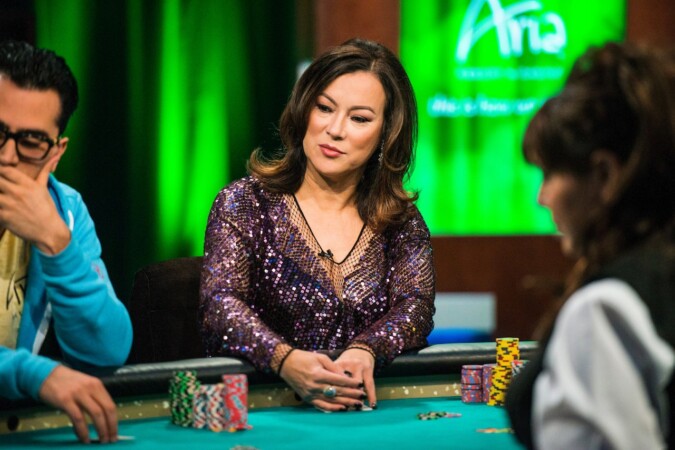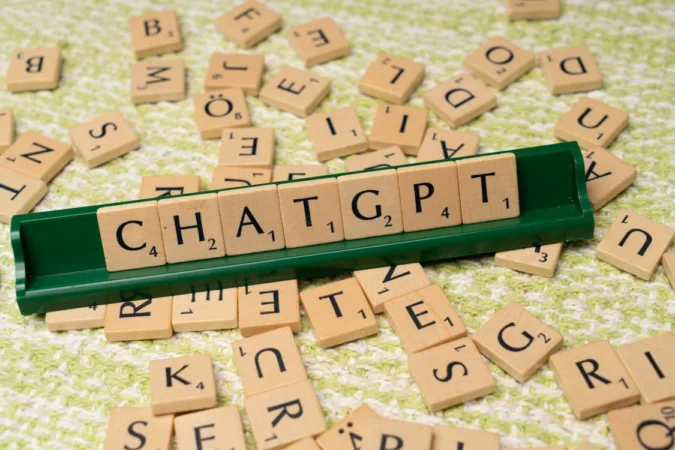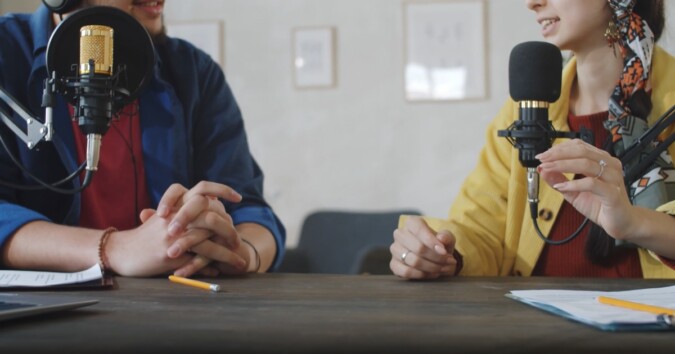Televised poker helped bring the game to the screen but also misled many new players. What was meant for entertainment gave off the wrong lessons about how aggression works at the poker table. Hours of poker got cut down into highlight reels, and all-in moments got all the attention. But poker doesn’t work that way over the long run. Those edits hid more than they showed.
Aggression Without the Patience
Some players saw televised aggression and thought it was a shortcut. They skipped key parts of the game, like hand selection, position awareness, and managing risk. Winning pots by forcing folds looked easy on the screen. However, that view ignored the hours of folding and patience that the same pros used between big moves.
Plenty of new players built a style on constant aggression. For many, that approach only worked in soft games or short-term runs. Building a long-term career in poker meant learning from more than just highlight reels. It meant balancing timing, table image, and discipline.
TV Poker Showed the Drama Not the Discipline
Poker coverage on television focused on aggression. Editing choices trimmed out the folding, the cautious plays, and long periods of no action. Instead, the broadcast showcased hero calls, snap bluffs, and chip-slinging battles. Viewers saw a version of poker that wasn’t honest about how much patience and folding leads up to those hands.
Real tournament players fold most of their hands. They spend hours studying others, managing stacks, and waiting for high-value spots. But that’s not what broadcasts highlighted. Editors picked hands with tension and explosive endings. Slow building play? That stayed on the cutting room floor.
Characters Created by Editing
Players like Daniel Negreanu and Phil Ivey became stars because of how they played and were portrayed. Their aggressive moves were shown repeatedly. This led viewers to think that approach was the key to winning. But those same players used discipline, strong fundamentals, and table control that rarely made the final cut.
Televised stories over-simplified real strategies. A tight player who took one bold shot at the right time might get framed as loose and wild. The editing choices shaped character profiles more than actual hand histories did.
Tilt, Talk, and Drama
Televised poker also leaned into emotional tantrums, trash talk, or players reacting poorly to bad beats. Shows like High Stakes Poker featured scenes where players tilted, argued, or gave monologues mid-hand. All of this was entertaining. But it wasn’t a blueprint for good poker.
The line between strategy and spectacle got blurred. Real skills like timing, player profiling, and bet sizing took a back seat to outbursts and highlight moments. The danger came when new players copied what they saw without understanding what they were missing.
When It Goes Too Far
Aggression didn’t stay within the game on shows like Big Bet Poker LIVE. A confrontation between Austin Yoo and Jason Liu turned personal, and they were banned from the show. Viewers drawn to table drama might not realize that these events were outliers and that good poker doesn’t work well when egos take over.
Trash talk in poker has its place. Yet it’s no longer about the game when aggression spills into threats or violence. Production choices that reward that behavior may get clicks but hurt the long-term message about how poker is really played.
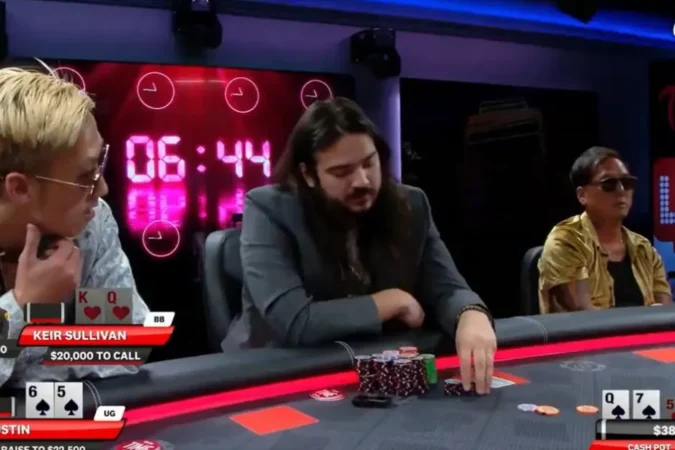
Solutions Came From Outside the Shows
Several pros pointed out these problems. They urged new players to watch full tournament streams or real-time coverage to see how strategy unfolds over hours. Poker books like Dan Harrington’s Harrington on Hold’em and Doyle Brunson’s Super System gave more honest insights into proper play.
These educational tools explain how aggression fits into a bigger strategy. The goal wasn’t to bluff every hand. It was to pick the right spots and know when pressure would work and when it wouldn’t.
Televised poker made the game easier to watch. It also taught the wrong lessons to many new players. Aggression works when timed and backed by good fundamentals. It helps to look beyond what’s shown on the screen and focus on the full picture to understand poker properly.
The Long Game ─ What TV Didn’t Show
What didn’t you see on screen? The grind. The endless folding. The way pros protect their chips like they’re guarding their kids’ college fund. For every electric bluff on High Stakes Poker, there were probably twenty hands where a player just tossed their cards in silence and waited. Not exactly made-for-TV material.
But that’s the actual backbone of long-term poker success: patience, information gathering, and selective pressure. The best players know that aggression is a tool, not a lifestyle. They’re folding more than they’re betting, and when they are aggressive, it’s calculated — based on position, opponent tendencies, stack depth, and how the table’s been flowing for the past three hours.
That kind of nuance doesn’t cut well into a three-minute TV segment with a dramatic soundtrack.
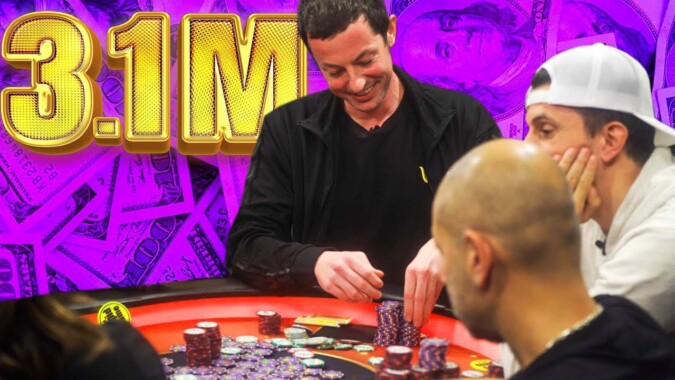
Overconfidence, Underprepared
Plenty of players who grew up on ESPN’s poker boom brought that highlight-reel swagger straight into the local cardroom or online felt. And to be fair, some had early success — especially in weaker games where wild aggression could bully less experienced players.
But that success often faded fast. Why? Because once other players caught on, the one-trick-aggression strategy collapsed. The moment opponents realized someone was overplaying weak hands, they’d start calling lighter, trapping, or playing back with real hands. And if the aggressive player hadn’t built the skills to adjust? Their stack disappeared.
Poker’s all about adaptation. Highlight-clip aggression doesn’t help when you’re stuck in the small blind with 25 BBs and three good players behind you. Or when you’re deep into Day 2 of a tournament and can’t rely on scare tactics alone anymore.
How Highlight Culture Shaped a Generation
The influence of televised poker wasn’t all bad — it definitely made the game more popular and brought fresh blood to the felt. But it also created what some pros call the “clickback generation.” Players who learned poker from watching clips, who overvalued aggression and undervalued discipline.
It’s not entirely their fault. If you learned guitar by only watching live solos on YouTube and skipped the scales and drills, you’d think shredding is all there is. Poker’s no different. The quiet, cerebral stuff got left out of the edit. No one tuned in to watch Phil Hellmuth fold for an hour straight — even if that’s exactly what made his big hand later so effective.
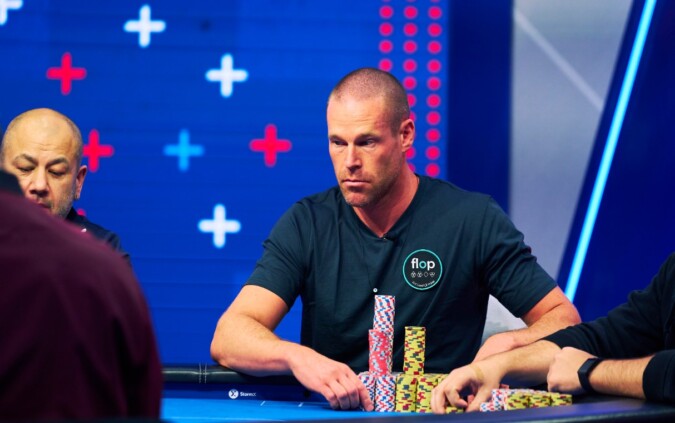
The Real Edge? Learning What Others Skip
In a way, there’s now an edge in not learning poker from highlight reels. If you’re willing to study full sessions, slow-build strategies, and those long, uneventful stretches where nothing happens — you’ll see what most don’t.
And that’s where the real profit lives. Not in the flashy hands, but in the folds you didn’t see and the pressure that was earned.
Aggression matters. But it’s the tip of a much bigger iceberg. The real magic happens beneath the surface.

